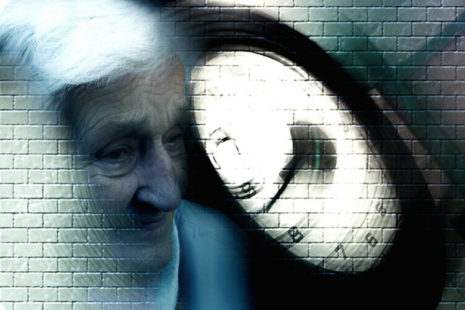Paralysis can be localized or generalized.
While localized paralysis affects a small section of the body, generalized paralysis affects a larger area. Also, paralysis can be partial (this type of paralysis is also called paresis). People with partial paralysis can move some muscles, but not all.
Individuals with complete paralysis have no control over any muscles. Generalized paralysis is classified into five subtypes based on the affected body area and severity. These five types of paralysis involve:
• Monoplegia: The inability to move one arm or one leg.
• Hemiplegia: Paralysis affects one side of the body.
• Diplegia: Paralysis affects the same area on both sides of the face or body (e.g., both arms).
• Paraplegia: Affects both legs and sometimes the torso.
• ,: All limbs (arms, legs, and torso) are affected, and there is little or no movement below the neck.







